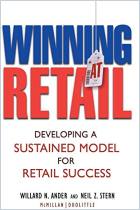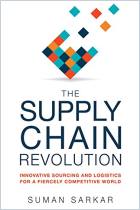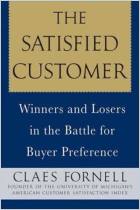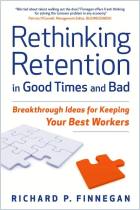
The Good Jobs Strategy
How the Smartest Companies Invest in Employees to Lower Costs and Boost Profits
ISBN: 9780544114449
Pages: 229
Read or listen offline
Amazon KindleRecommendation
Investing in your retail company’s employees makes good business sense, writes MIT professor Zeynep Ton. She offers a fresh perspective by showing how this investment in your staff pays off even more in tandem with four facets of “operational excellence.” Using real-life examples from four outstanding companies, including Costco and Trader Joe’s, she shows how good wages, cross-training, overstaffing and limited product assortments can help retailers energize and motivate their employees. She also recounts some notable retail stumbles as cautionary tales. getAbstract recommends her solid advice and practical wisdom to retail decision makers, executives and store managers seeking to build an engaged workforce.
Summary
About the Author
Zeynep Ton, a former faculty member at the Harvard Business School, teaches at the MIT Sloan School of Management. Her work has appeared in The Washington Post and The New Yorker.



















Comment on this summary